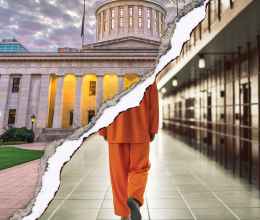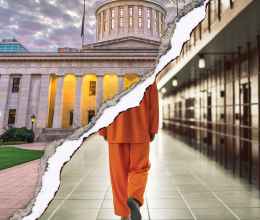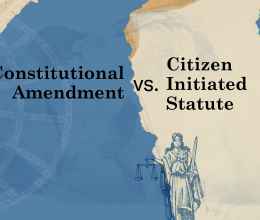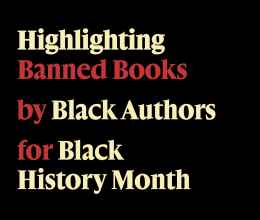Photograph courtesy of Rachel Woods You will never find a solution without asking the right questions. Last week, Columbus hosted two different gatherings intended to address tensions between communities of color and law enforcement. While part of the same conversation, both brought different people and different approaches to find solutions. At the end of the day, they raised important questions around race and criminal justice reform. Wednesday: A National Initiative On Wednesday, the first meeting of the National Initiative on Building Community Trust and Justice convened at Capital Law School. Funded by a U.S. Department of Justice grant, this program attempts to develop concrete proposals for fostering racial reconciliation, recognizing implicit bias, and advancing procedural justice. Representatives from the DOJ, criminal justice researchers, and policy experts are traveling the country to engage in dialogue with community members. The purpose and goals of the initiative offered an encouraging sign that the outrage felt across the nation has been heard at the highest levels of government. Demands from the streets, churches, and community centers across the country have secured a place on the federal agenda. The speakers expressed their optimism about the program and their desire to hear what local communities have to say. But as the third panel of experts took their places in the front of the room, it seemed that the time allotted for outside voices had been a secondary consideration. Thursday: People First On Thursday, charter buses lined up near the Ohio Statehouse as people from across Ohio came together for the People First Assembly. This event, coordinated by the Ohio Organizing Collaborative, brought together community members and local leaders to tell their stories about the criminal justice system to the offices of their state representatives.
Read more about Criminal Justice Reform and Police Practices.
The OOC platform focused on fair hiring policies, prioritizing rehabilitation, promoting juvenile justice, and creating accountability for police. Participants shared passionate personal accounts of mistrust of the criminal justice system. They wanted to see policy and law put in place to address the barriers seen in their cities, neighborhoods, and families. But as participants came back from their meetings with state representatives and aides, it was clear that it would take more than passion to change personal stories into legislative priorities. Key Questions The call, “Black Lives Matter,” continues to resonate across the nation. Government agencies have been tasked with addressing the deep mistrust of the criminal justice system. But are federal grant dollars and national experts talking in ways that match the narratives coming out of local communities? Communities of color are organizing to bring their stories to those in power. But do they have the capacity to create the political will necessary for change? But most importantly, can these perspectives come together to realize their mutual goals?







